The quality of video has progressed like never before. Thanks to various upcoming formats, delivering videos is easier than ever. There are many video formats available on the internet and HEVC video is one of them that makes streaming high-resolution formats easier.
However, since a major portion of videos is streamed via the internet, the formats that are smaller but undergo fewer losses during compression are therefore widely accepted. HEVC video is one such format that is widely popular for all the right reasons.
In this blog, we are going to talk about important aspects of HEVC video codec and deep dive into its various technicalities. We will also show you how you can play HEVC videos for your users. Moreover, HEVC video is future-proof content due to its ability to stream high-resolution formats going as high as 8k.
H.265, is the new video compression standard being widely accepted as the industry standard. It is due to its comparatively lesser file size and improved video quality.
Let’s have an in-depth look at its benefits and see how we can implement it to our requirements.
High-Efficiency Video Codec HEVC Video: All You Need to Know
HEVC (also known as MPEG-H Part 2) is the successor to AVC (Advanced Video Coding, or H.264), offering significant improvements in compression efficiency and visual quality. It is due to its comparatively lesser file size and improved video quality. HEVC can reduce file sizes while maintaining the same visual quality as previous standards, making it highly efficient for streaming and storage.
HEVC is a video compression standard that enables easy transmission of video files via the internet. A video codec is simply a set of instructions that are predefined to break a video file into various smaller fragments.
At the receiving end, the video codec further decompresses it, combines it, and then streams the video. HEVC is one such format and is slowly becoming more and more popular due to the various benefits it provides which we are going to read about in later sections of the blog.
A successor to H.264, MPEG first ratified the HEVC video codec in 2013. It was a collaborative project, that involved contributions from the global tech community. The Joint Collaborative Team on Video Coding (JCT-VC) standardized HEVC, a collaboration between the ISO/IEC MPEG and ITU-T Study Group 16 VCEG But why this video compression standard was needed?
There can be many answers but the most popular one is that people started slowly migrating from HD content to higher-resolution formats. With better displays, better cameras to shoot high-quality content, and enhanced availability of high-speed internet, it became necessary to have a format that supports higher formats.
In response, HEVC video encoding came to the rescue as it enables smooth lossless transmission of video files across the internet for files as large as 8k resolution. Eventually, it delivers higher-quality video to the customer.

History and Development of HEVC
The journey of High Efficiency Video Coding (HEVC), also known as H.265, is a testament to the global effort to advance video coding technology. The groundwork for HEVC began in 2004, when the ITU-T Video Coding Experts Group (VCEG) initiated research into more efficient video compression methods. By 2007, the ISO/IEC MPEG launched a parallel project, aiming to achieve a 50% reduction in bit rate compared to previous standards. Recognizing the need for collaboration, the Joint Collaborative Team on Video Coding (JCT-VC) was established in 2010, bringing together experts from around the world to develop a unified standard.
The first working draft of HEVC was released in October 2010, and after rigorous development and testing, the standard was officially ratified in January 2013 and published in June of the same year. The latest version of HEVC, version 4, was approved in December 2016, introducing further enhancements to video coding efficiency and feature support. The development process saw contributions from over a dozen organizations, with major patent holders including Samsung Electronics, General Electric, and M&K Holdings. This collaborative approach has made HEVC a cornerstone in modern video compression, enabling high-quality video at lower bit rates and paving the way for the future of digital media.
How Does HEVC Video Work?
This codec is a combination of various mechanisms that together constitute the end-to-end compression and decompression of large video files. Here are a few of the notable ones for you.
Coding Tree Unit Structure
An important thing to note is this video codec primarily works on coding tree unit CTU structure which renders macroblocks as large as 64*64 pixels. This offers better matching with the real natural structure of images. These macroblocks are much larger than H.264 and that explains better video quality. CTUs are further split into 4*4 pixel sizes using a quad-tree structure.
Motion Compensation
HEVC video codec has variable block size for motion vectors allowing it to have a better prediction of the next frame for moving objects reducing the amount of data required to encode as well as offering better video quality.
Parallel Processing
HEVC codec allows video frames to be divided into tiles and slices, which can be processed in parallel. This improves encoding and decoding speed, making HEVC suitable for high-resolution video and real-time applications.
Entropy coding, deblocking, simple adaptive offset, and other technical aspects ensure the smooth functioning of the HEVC video codec. Fairly technical, we believe the streamer or video producer should have easier ways to deploy H.265 for its audience.
Muvi Playout, a cloud internet TV streaming software solution can help you deploy HEVC video codec and create your online TV Channel for your content. Try today to learn more.
System Requirements for HEVC Codec
To enjoy the benefits of HEVC videos, your device must meet certain system requirements to ensure smooth playback and optimal video quality. For Windows users, a 64-bit version of Windows 10 or later is recommended, as these operating systems offer native support for HEVC with the help of the HEVC video extension available from the Microsoft Store. This extension is essential for enabling HEVC playback on many personal computers and ensures compatibility with a wide range of video files.
In addition to the right operating system, your device should have sufficient hardware support, including a compatible graphics card and enough RAM to handle the demands of high-efficiency video coding. Adequate storage space is also important, especially when working with high-resolution HEVC videos, which, while more compressed, can still be sizable. The specific system requirements may vary depending on whether you are simply playing videos, editing them, or streaming content. Always check your device manufacturer’s recommendations and ensure your hardware and software are up to date to fully support HEVC playback.
Benefits of Using HEVC Video Codec
HEVC video codecs are known for their various benefits not just limited to providing great picture quality. Here are a few of them.
Future Proof Technology
HEVC codec thanks to its unrestricted capability to compress higher resolution videos is a future-proof technology. If you look at the general trend video files are gradually increasing. In the future more and more higher file sizes will be very common and compressing them, HEVC video codec’s role will be extremely crucial.
Stunning Picture Quality
Compared to H.264, HEVC video codec offers improved compression metrics and in many cases is 50% more efficient than its predecessor. Combined with its ability to stream 4K and 8K formats, high-efficiency video coding delivers stunning HDR content to the end user provided their internet speed is compatible.
Saves Resources
HEVC video codec or H.265 significantly reduces the amount of data required to store content. Using advanced algorithms and better prediction models, HEVC is able to store large file sizes without higher bandwidth consumption. This enables higher quality video or same quality video at much lesser power and transmission costs.
Highly Compatible
HEVC codec is highly compatible with the most popular video formats currently ruling the video industry. A list of supported formats are as follows:
MP4
MKV
MOV
TS (broadcasting stream)
AVI
Additionally, it supports HTTP live streaming HLS and Dynamic adaptive streaming over HTTP DASH for various live video stream requirements. All these are supported on major consumption channels such as mobile devices, smart TVs, and more offering improved video quality.
Supports High-Quality Streaming
Video compression via HEVC supports HDR video formats like HDR10 and Dolby Vision. This compatibility ensures that HEVC videos can deliver richer colors, higher contrast, and improved brightness, enhancing the viewing experience on compatible devices. HEVC codec is designed to handle UHD resolutions thus ideal for streaming requirements where video quality is a priority.
Patent Holders and Licensing of HEVC Codec
HEVC technology is protected by a range of patents held by leading organizations such as Samsung Electronics, General Electric, and M&K Holdings. To streamline the licensing process, these patent holders have formed licensing pools like MPEG LA and HEVC Advance, which manage the distribution of HEVC licenses to device manufacturers, software developers, and service providers. Licensing fees for HEVC can vary significantly depending on the intended use, whether it’s for hardware devices, software applications, or streaming services.
For developers and smaller companies, the cost of licensing HEVC codecs can be a barrier to adoption. However, some companies have taken steps to make HEVC more accessible. For example, Microsoft offers the HEVC Video Extensions through the Microsoft Store, providing a straightforward and often low-cost or free way to add HEVC support to Windows devices. This approach helps broaden the availability of HEVC codecs, making it easier for both end users and developers to work with high-efficiency video coding across different platforms.
A Comparison Between HEVC Video Codec Vs H.264 Comparison
Do you know HEVC video codec or H.265 is an upgraded version of H.264? Both use entirely different sets of protocols, HEVC is a relatively new technology and is designed to prioritize quality. While both formats are popular, it is necessary to understand the basic differences between them to choose the right option for your streaming needs.
| Criteria | HEVC Video Codec | H.264 Video Codec |
| Compression Efficiency | 50% more efficient than H.264 owing to more advanced compression algorithms | Less efficient than HEVC but still provides decent compression for most use cases |
| Quality Vs File Size | Better quality at lower file sizes | Video quality is lower than HEVC for the same file size |
| Processing Power | Requires high processing power | Requires less processing power |
| Compatibility | Highly compatible with latest devices. Some older devices might not be supported. | Almost all video playback devices, from old smartphones to modern streaming services, support H.264 natively. |
| Use Case | Ideal for UHD streaming needs | Ideal for lesser resolutions |
| Licensing Cost | High | Low |
Using HEVC Codec on Different Devices
HEVC codec’s versatility means it can be used across a wide range of devices, from personal computers to smartphones and tablets. On Windows PCs, playing HEVC videos typically requires installing the HEVC video extension from the Microsoft Store, which enables seamless playback in supported media players. Many modern Windows devices come with this extension pre-installed, but it can also be downloaded separately if needed.
Android devices generally offer built-in support for HEVC, allowing users to play HEVC videos using compatible media apps without additional software. Apple devices, including iPhones and iPads, also natively support HEVC, making it easy to play and record high-quality videos in the HEVC format using the default media player. For those working with video editing software, popular programs like Adobe Premiere Pro provide robust support for HEVC encoding and decoding, enabling efficient editing and exporting of HEVC files. The ability to play HEVC videos ultimately depends on the combination of hardware capabilities and software support, so always ensure your device and apps are up to date for the best experience.
HEVC Video Limitations
HEVC encoding is a good way to start your streaming on various compatible platforms. However, this too comes with its own set of limitations that might make you think twice before investing in the technology. Here are a few of them.
HEVC is subject to multiple patents held by various organizations, which has led to complicated and sometimes costly licensing fees.
Due to high processing power, it might result in latency during the encoding process.
HEVC uses advanced and complex algorithms that require more processing power and can often lead to longer encoding times. Hence longer video compression times.
Despite its technical edge, it faces slower adoption in the market largely due to very high licensing costs and competitive pricing by other codecs such as VP9 and AV1. Hence, it is a little costly to play HEVC videos.
To enable HEVC playback on Windows devices, you may need to download and install a software package, such as the HEVC Video Extension. The installation process often involves following a link to the Microsoft Store or your device manufacturer’s website to obtain the necessary package.
However, if you are planning to deal with UHD content, these limitations should not deter you from at least trying HEVC codec before you make a final decision.
Latest HEVC Advancements
- HEVC + LCEVC Enhancement – Low Complexity Enhancement Video Coding (LCEVC) layers on top of HEVC codec to provide an extra ~30% efficiency boost without requiring full codec upgrades. Also, LCEVC-backed HEVC streams boost 4K/8K streaming.
- AI-Powered Optimization – HEVC encoding is currently being optimized with AI models that help in dynamic bitrate allocation, and reduce unnecessary bitrate spikes — necessary for live streaming.
- Native Hardware Decoding for HEVC Main 10 Profile – Modern chipsets in smartphones, smart TVs, and tablets natively decode HEVC 10-bit HDR content, reducing battery consumption during UHD playback.
- DRM and HEVC Integration – Leading DRM providers like FairPlay, Widevine, etc now offer native support for encrypted HEVC streaming, ensuring secure playback.
Industry Adoption and Future
The adoption of HEVC encoding has accelerated across the video streaming, broadcasting, and consumer electronics industries, driven by the demand for better compression and superior video quality. Major platforms like Netflix and YouTube have embraced HEVC to deliver high-resolution content efficiently, while many smartphones, smart TVs, and other devices now come with built-in support for HEVC playback. This widespread industry support ensures that users can enjoy high-quality videos with reduced file sizes and bandwidth requirements.
Looking ahead, the future of high efficiency video coding remains bright. The latest version of HEVC, version 4, introduces advanced features such as 3D video and high dynamic range (HDR), further enhancing the visual experience. Meanwhile, the development of next-generation video coding standards like Versatile Video Coding (VVC) promises even greater improvements in compression efficiency and video quality. As the appetite for ultra-high-definition content continues to grow, HEVC and its successors are set to play a pivotal role in shaping the future of digital video across all devices and platforms.
Deploy HEVC Instantly with Muvi Playout
Muvi Playout is an internet-based cloud TV streaming solution that lets you build your own broadcasting network at much lower costs than its competitors. With Muvi Playout, you can launch your own cloud-based Linear TV and FAST Channels.
As a broadcast scheduling software, Muvi Playout comes with a huge range of features that make broadcasting easy to manage and deliver. Here are a few of the features that you must know about.
Reliable Infrastructure
Muvi Playout is backed by AWS CDN ensuring content delivery across the globe while maintaining 99.9% uptime. All platforms are hosted on the Cloud and provide infinite scalability, traffic, views, and stability.
Electronic Program Guide
EPG or electronic program guide simplifies the scheduling and management of channels. With EPG, broadcasters can simply schedule weeks and even months of content in advance thus eliminating the need for manual updating.
Ad Support for HEVC Video
Muvi Playout comes with comprehensive ad management that lets admins manage ads within the Muvi Playout CMS. It even allows for flexible ad source selection to have a dynamic ad distribution system to ensure your HEVC videos are monetized.
Customizable Video Player
Muvi Playout also offers a fully customizable online video player that lets you add brand logos, modify watermarks, establish domain restrictions, and more. The video player enhances the look and feel of your website giving it a branded makeover.
Easy Distribution Via HLS
Broadcasting a live event, simply generate the HLS url from Muvi Playout CMS and share it instantly across your audience who can access it on all types of supported devices. This can also be easily integrated via API to provide direct streaming to your apps.
Secured Streaming
With Digital Rights Management (DRM), you can protect your content broadcast on your channel against piracy and unauthorized access, which includes illegal usage and downloads. Muvi Playout’s Multi-DRM caters to various DRM formats such as Widevine, PlayReady, and FairPlay, and enables you to deliver secure live streaming to any type of device.
HEVC Support
Muvi Playout comes with high-efficiency video coding support that enables it to achieve high video quality for the end user. When you subscribe to Muvi Playout, from video compression to video deployment, the entire process is seamless.
Muvi Playout offers a free 14-day trial for those who want to try its extensive list of features. Try today and if you have any doubts about HEVC deployment, feel free to contact our sales team for more information on how you can do it with Muvi Playout.
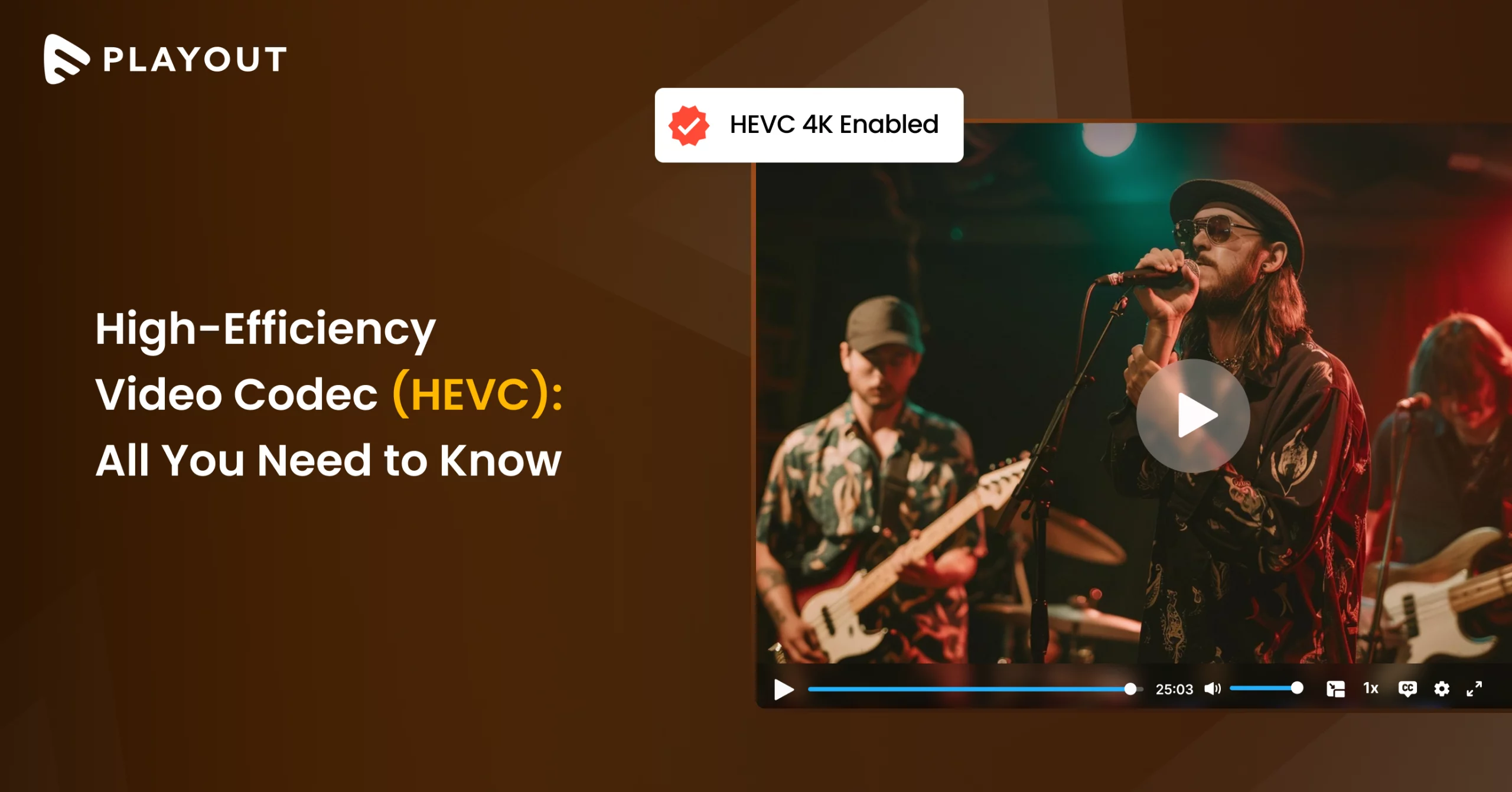




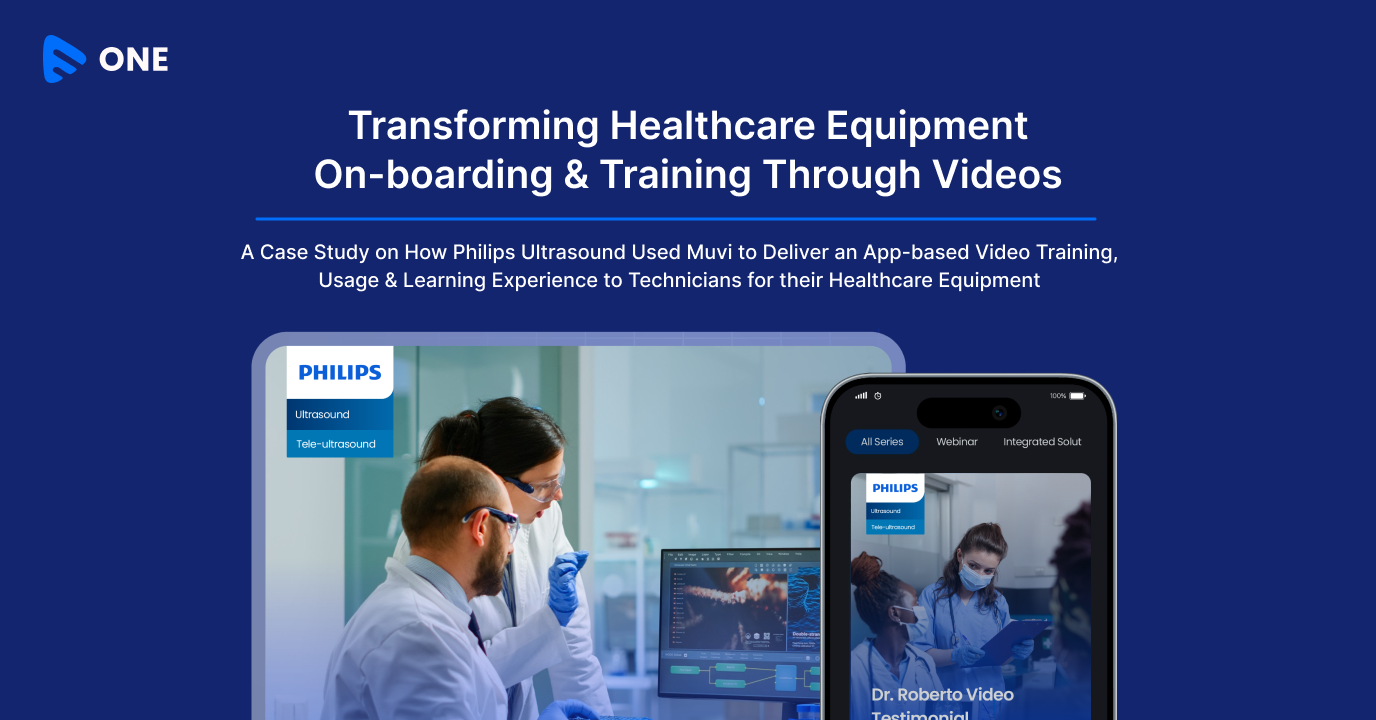
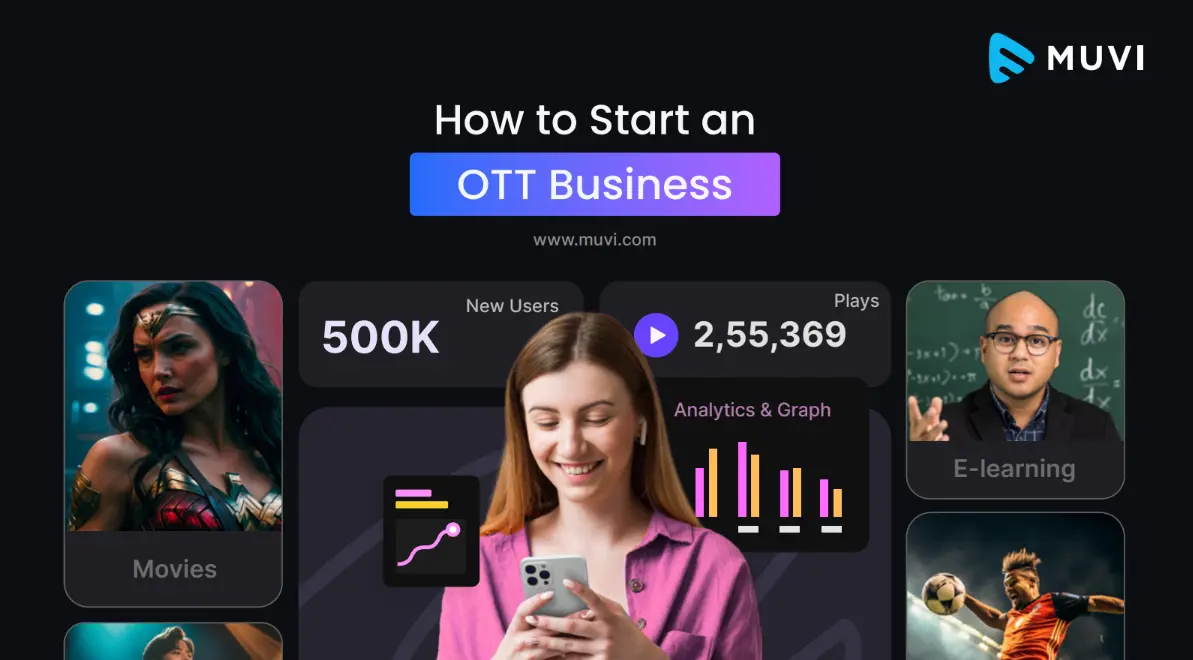
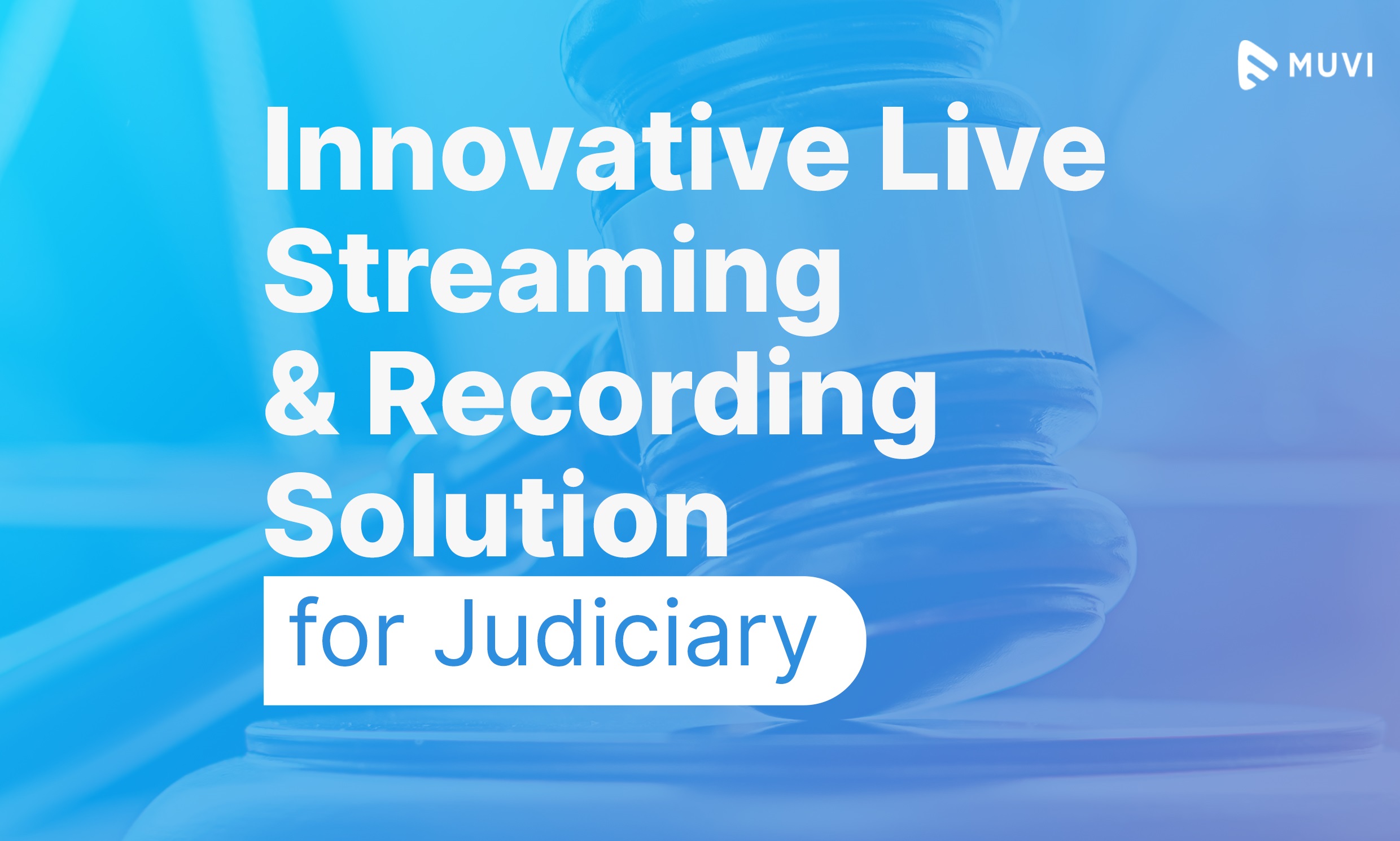



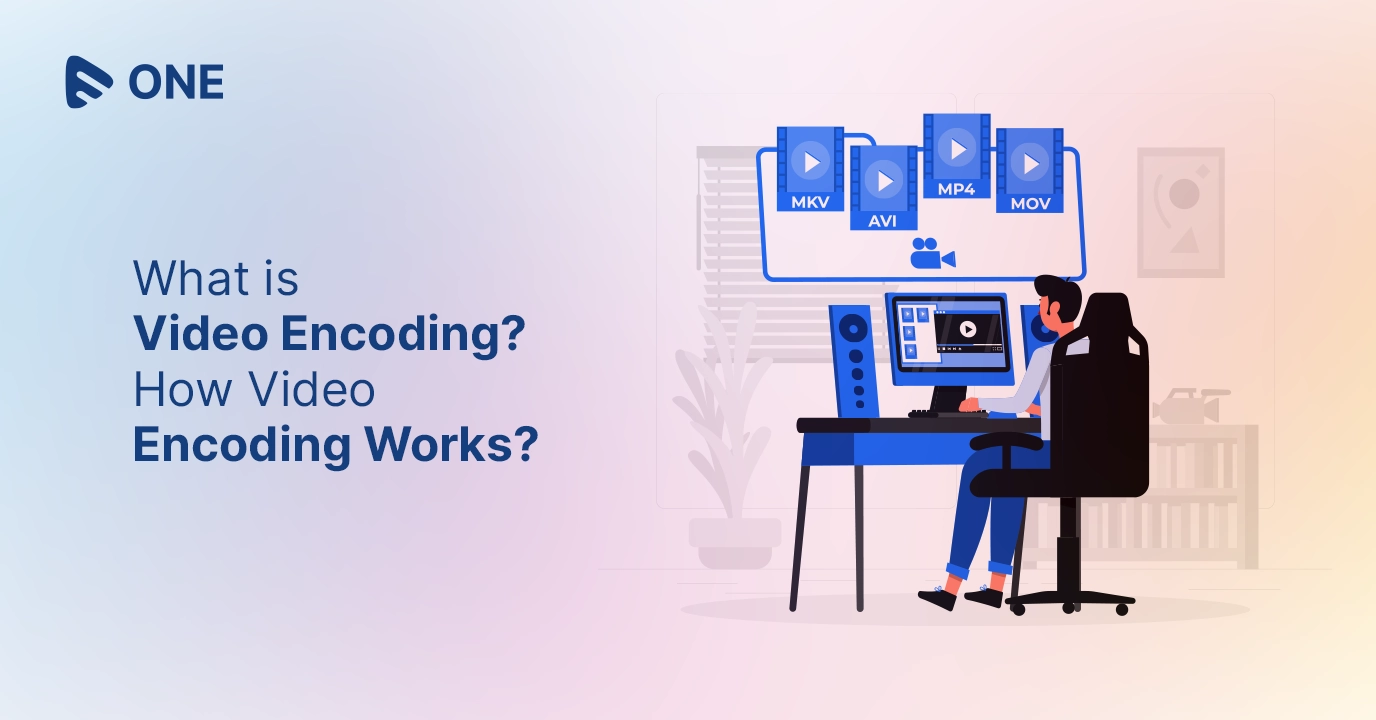
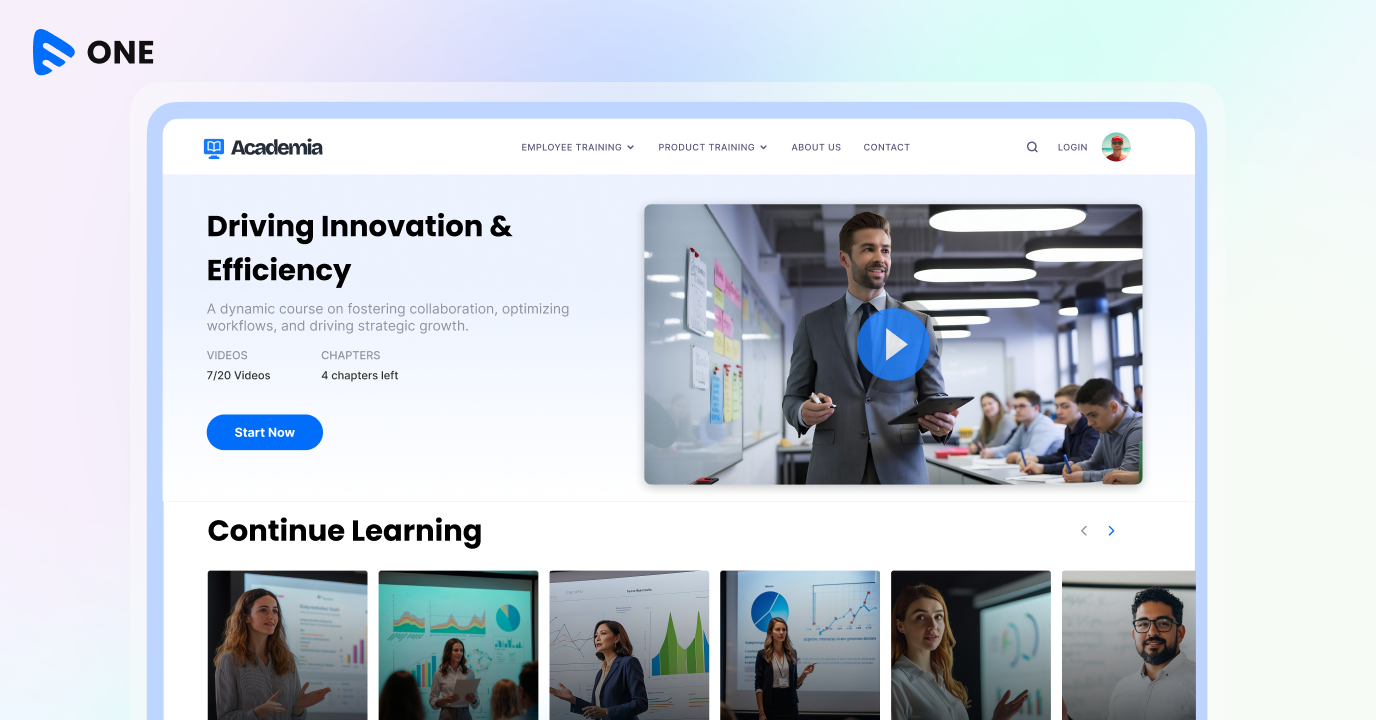
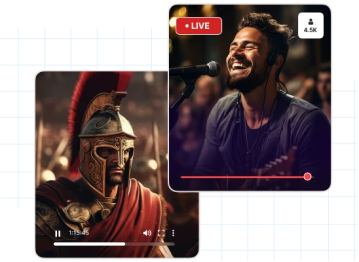
Add your comment